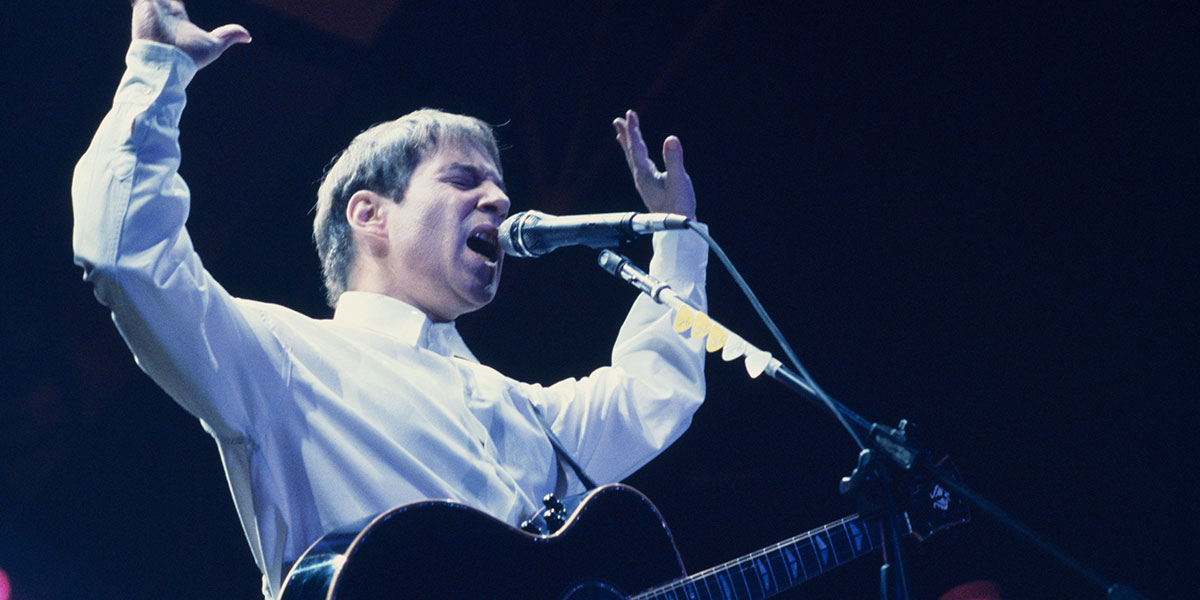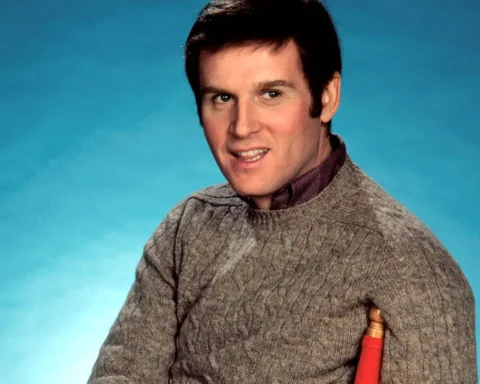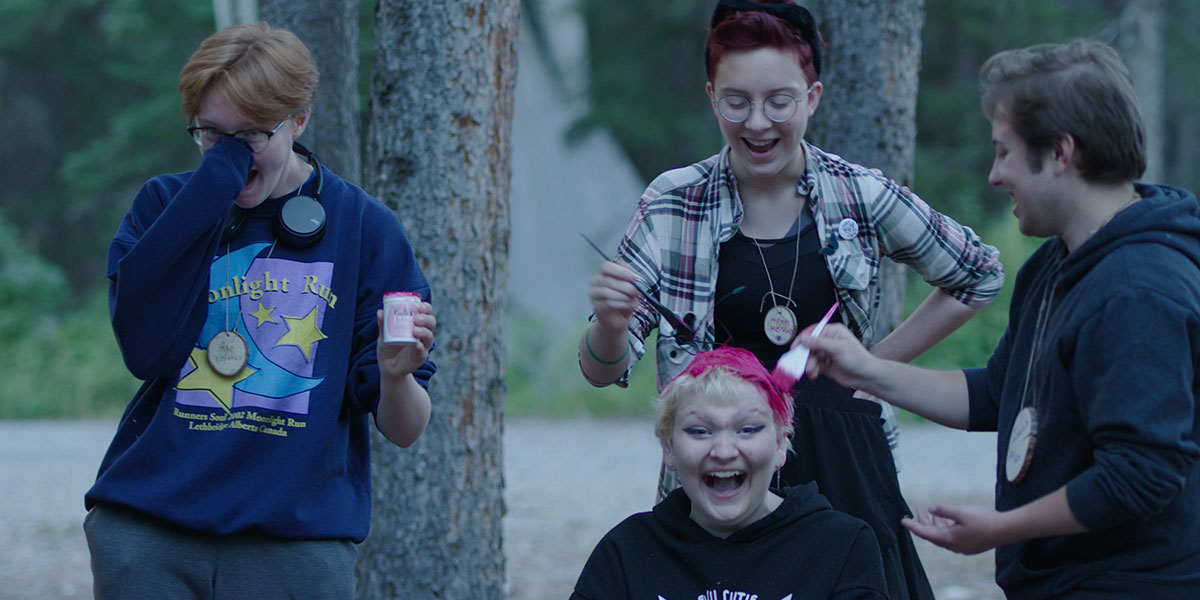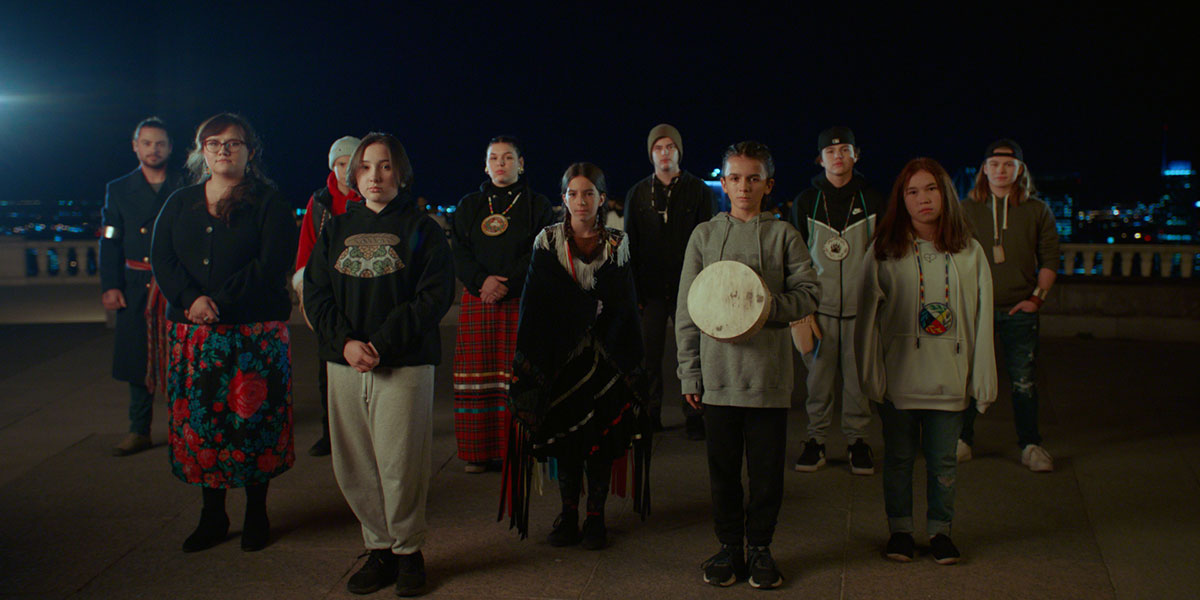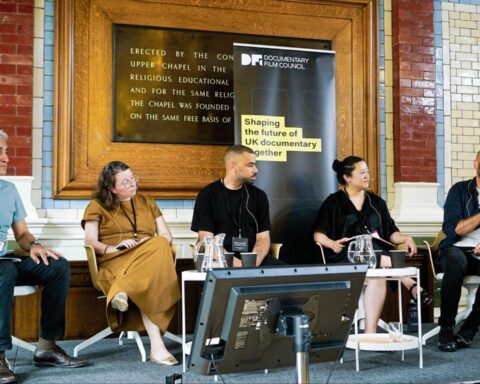In Restless Dreams: The Music of Paul Simon
(USA, 209 min.)
Dir. Alex Gibney
Programme: Special Presentations (World Premiere)
For over six decades, Paul Simon has been applying his remarkable talents to the craft of songwriting. His poetic acuity for a turn of phrase is matched only by his prodigious skills with the guitar. His music merges the styles developed in Village coffee houses during the mid-1960s, through to the folk revival fingerpicking learned in England and to the dominant recordings in the 1970s and 1980s. His endless exploration of sounds draws from all corners of the world.
At its heart, this film by Alex Gibney (The Crime of the Century) celebrates Simon’s latest contribution to his discography and provides a historically profound insight into the very process of creation. It allows audiences to witness the Seven Psalms recording sessions that took place in a studio located on the artist’s Texas compound. Within the plaster and timber walls, timbres and pitches emerge. Dense yet playful lyrics sung in a now brittle style evoke a life well lived and many roads travelled.
A series of these recording sessions provide the backbone for Gibney’s sprawling piece, as well as new interviews with Simon in which he looks back at various periods of his career and life. At just under three-and-a-half hours, In Restless Dreams is a long journey. However, a career as astonishing and extensive as this one means that the doc still fails to come anywhere close to encapsulating even a modest portion of all that has been undertaken in Simon’s story.
The general narrative arc already familiar to just about any Simon fan unfolds. From the Tom and Jerry sessions where a newly named Paul paired up with his quirky, angel-voiced classmate, through to the revision of names back to Semitic roots in the form of Simon and Garfunkel, we get the early years. Then come the risky but inevitably rewarding solo career, the slumps of the end-of-decade relationships and projects, and the resuscitation via a trip to South Africa. Then there’s a sequel of sorts that follows the rhythms from South to West Africa and across an ocean to Brazil.
What appears a generous running time on paper is therefore entirely insufficient. Ending the core narrative in 1991 with the Rhythm of the Saints project practically erases some three decades of Simon’s output. Save for a few minor inclusions (2011’s “Rewrite” makes an appearance over a montage, while some clips from the recording of the Blue Light album appear), for the most part, the path is a predictable one that has been trodden in other documentaries, from 1992’s Born at the Right Time, to the Classic Albums episode on the making of Graceland.
Numerous clips from concert films, especially the Graceland tours and both concerts in Central Park, buttress many of the stories, while more rare images from the early days provide welcome surprises to casual fans and obsessives alike. What’s particularly engaging are the moments that feature collaborator/long-time sound engineer Roy Halee behind the desk, offering insight from the underappreciated sonic magician who played a significant role over many periods of Simon’s career.
It’s not simply a matter of churlishness when one kvetches about the cessation at the early-’90s. It’s that the current project being documented makes much more sense as an evolution of Simon’s work when one sees what took place during that period. During the TIFF Q&A for the film, Simon himself chided notions that he’s constantly looking for new sounds, but instead reflected that each project builds upon threads from the previous recordings, serving as a remarkable through line. To pretend as if these last three decades were inconsequential, not even worthy of a footnote, is to miss out on just how each record is part of a creative continuum.
Still, we take the movie we get, not the one we would have wanted. Fans should cherish the moments captured of Simon in studio, whether working through vocal challenges or collaborating with other musicians and artists. Simon himself noted in the conversation following the screening that he wished cameras had been there to capture so fully other major career moments, from “Bridge Over Troubled Water” through to Graceland. Gibney’s priceless footage from this era may well serve as fodder for a future filmmaker to more robustly help tell a more complete tale.
There are plenty of vital elements, from new reflections by Garfunkel about their shifting relationship, through to Simon reflecting on both his personal life and his creative process. Besides the well-trod ingredients – those sublime Dick Cavett interviews, the in-studio clips recording in the Townships –newly remastered clips and outtakes provide a richer reflection than previously seen on these disparate events.
Yet unlike, say, Joe Berlinger’s brilliant Under African Skies that delved so deeply into the political and artistic impulses that surround Simon’s creativity, one can’t help but think that Gibney is missing an opportunity for a truly profound look into the man’s art. We see an ever-affable Wynton Marsalis show up in the studio as he talks about his deep friendship with Simon, one where discussions range about everything from racial justice to the power of song, where “friction allows movement” in the universe, and disagreements can be done agreeably via two strong-willed people with deep respect for one another’s humanity.
Simply recording some of these deeper conversations between Marsalis and Simon would have been extraordinary, and the tease of what takes place when the cameras aren’t there feels that much more gutting. We get Gibney asking superficial things about this or that take, while a legend like Wynton is there, the perfect person to be interrogator and interpreter of Simon’s story.
These factors leave one with the feeling that In Restless Dreams is both a triumphant celebration as well as a missed opportunity, a multi-hour journey that remains deeply flawed thanks to the truncated take. Cut it to 45 minutes, though, and tracing the recording of the new record may not be a commercially wise decision, but it would more precisely focus on Simon’s craft as well as his struggles with his sudden onset of deafness in one ear. Bloated by several more hours, giving more space to some of the records given short shrift as well as those ignored entirely, and you’d present a far more accurate (and perhaps successful) primer on Paul’s legacy.
As Simon’s hearing falters, his hands remain steady and his creative drive fully intact. The ever sardonic artist allowed Gibney into his world for a brief period of time, and while one can wish for something as groundbreaking and gargantuan as, say, Peter Jackson’s The Beatles: Get Back, there’s still more than enough here to warm a viewer. The power of Simon’s songs that will long outlive and outshine any project that tries to pigeonhole his career into a single, simple narrative.




